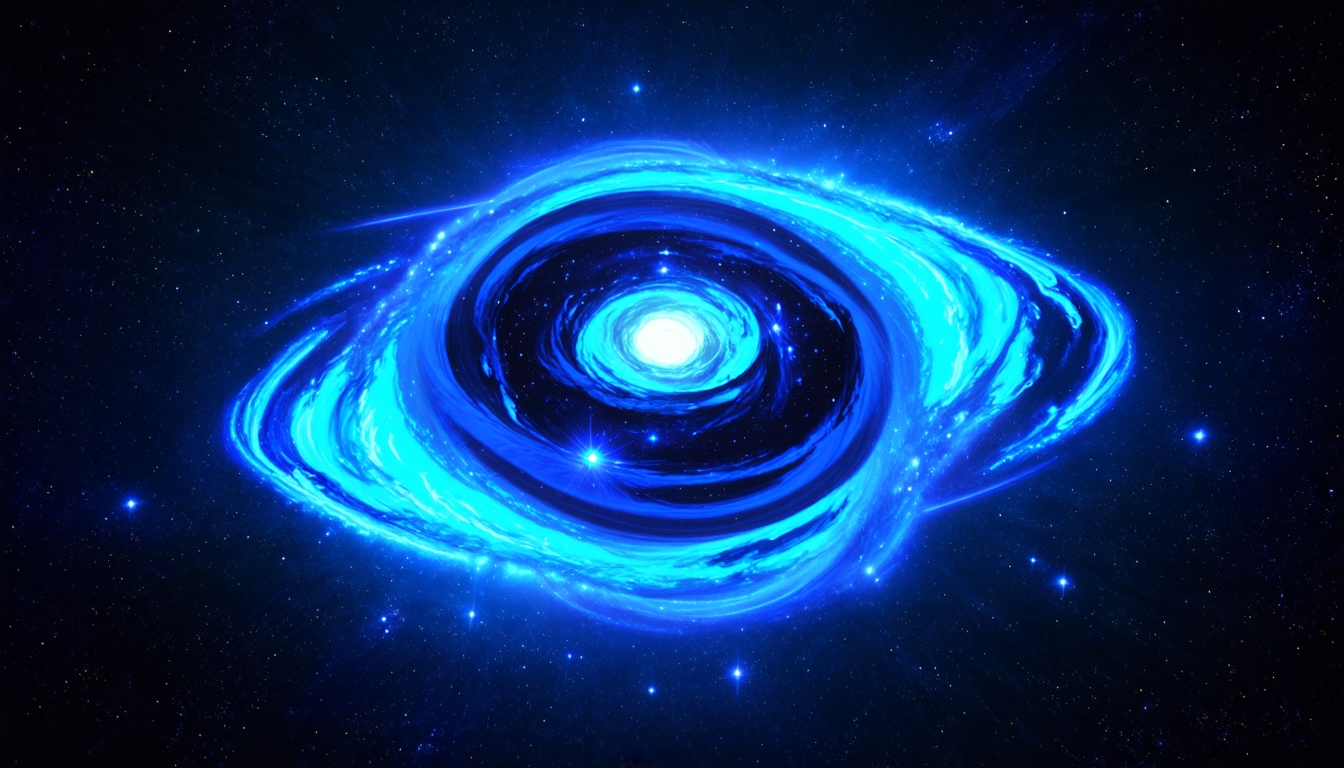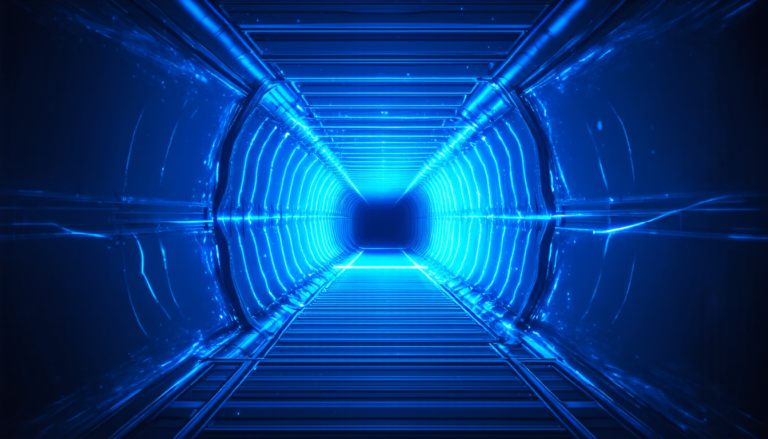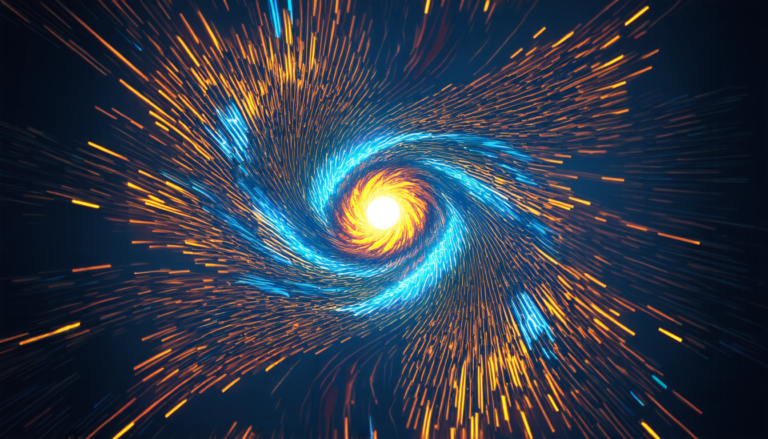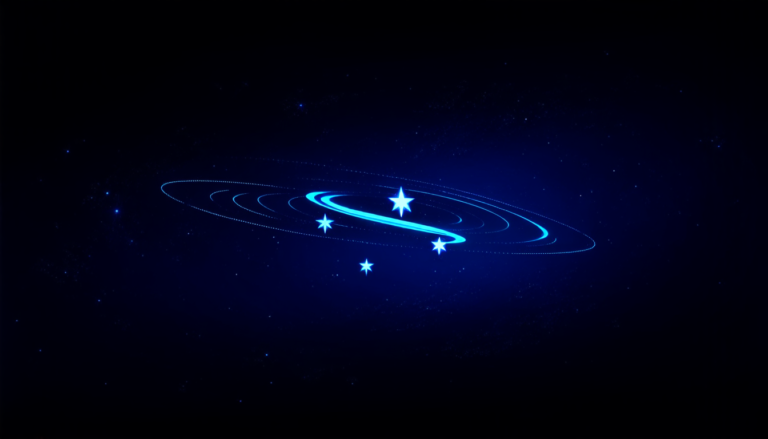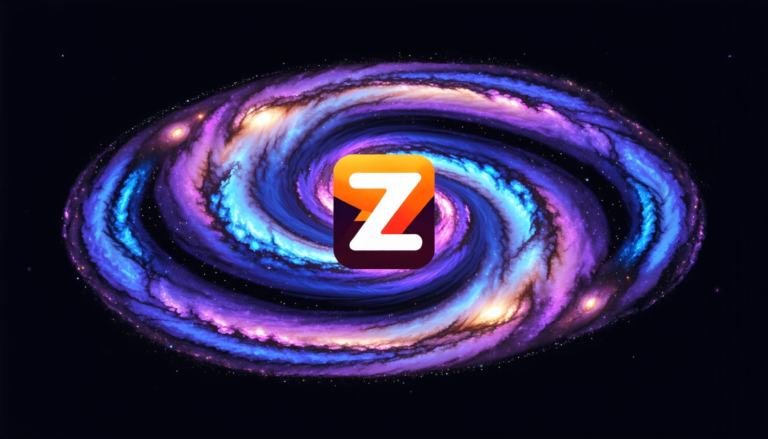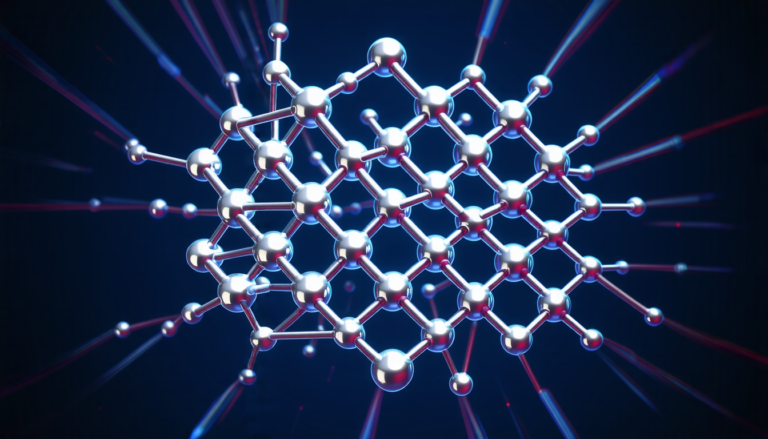Friday 18 July 2025
The quest to unlock the secrets of neutron stars has long been a challenge for scientists. These incredibly dense objects, formed when massive stars collapse under their own gravity, are some of the most extreme objects in the universe. They spin rapidly and have magnetic fields that are trillions of times stronger than those on Earth.
To understand these enigmatic objects better, researchers use complex simulations to model their behavior. However, these simulations can be computationally expensive, making it difficult to run them quickly enough to analyze large datasets or perform high-dimensional parameter inference. This is where machine learning comes in.
A team of scientists has developed a neural network that accelerates the simulation process by predicting the observed flux from the surface of a spinning neutron star as a function of its physical parameters and rotational phase. The network is trained on a dataset generated using traditional ray tracing algorithms, which calculate the path of light rays through spacetime to model the emission from the neutron star’s surface.
The neural network is able to accurately predict the observed flux for complex emission geometries, including non-circular and multiple hot spots. This allows researchers to efficiently integrate over localized flux predictions to calculate the total observed flux. The acceleration achieved by the neural network is significant – it can perform calculations that would take 150 minutes with traditional ray tracing in just 11 seconds.
This technology has the potential to revolutionize our understanding of neutron stars and their role in the universe. By allowing researchers to quickly analyze large datasets, they will be able to better understand the properties of these objects and how they interact with their surroundings. This could lead to new insights into the behavior of matter at extreme densities and the physics of high-energy phenomena.
The development of this neural network is also a testament to the power of machine learning in scientific research. By applying techniques from the field of artificial intelligence, researchers are able to accelerate complex simulations and unlock new avenues of investigation. As the field continues to evolve, we can expect to see even more innovative applications of machine learning in science.
The team’s work has already demonstrated a significant acceleration factor over traditional ray tracing algorithms, with the potential for further optimization as the technology is refined. As researchers continue to push the boundaries of what is possible, we may yet uncover new secrets about the universe and its most extreme objects.
Cite this article: “Unlocking the Secrets of Neutron Stars with Machine Learning”, The Science Archive, 2025.
Neutron Stars, Machine Learning, Simulations, Ray Tracing, Neural Network, Gravitational Collapse, Magnetic Fields, Extreme Densities, High-Energy Phenomena, Artificial Intelligence

